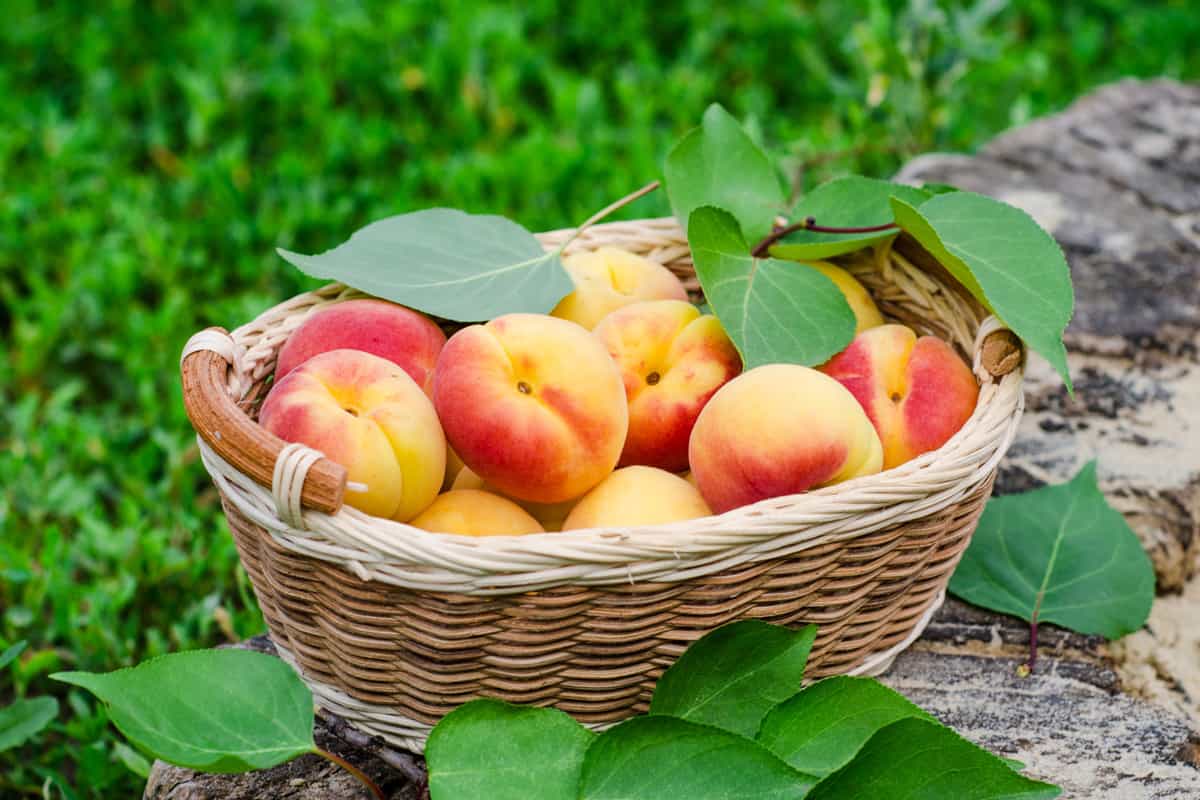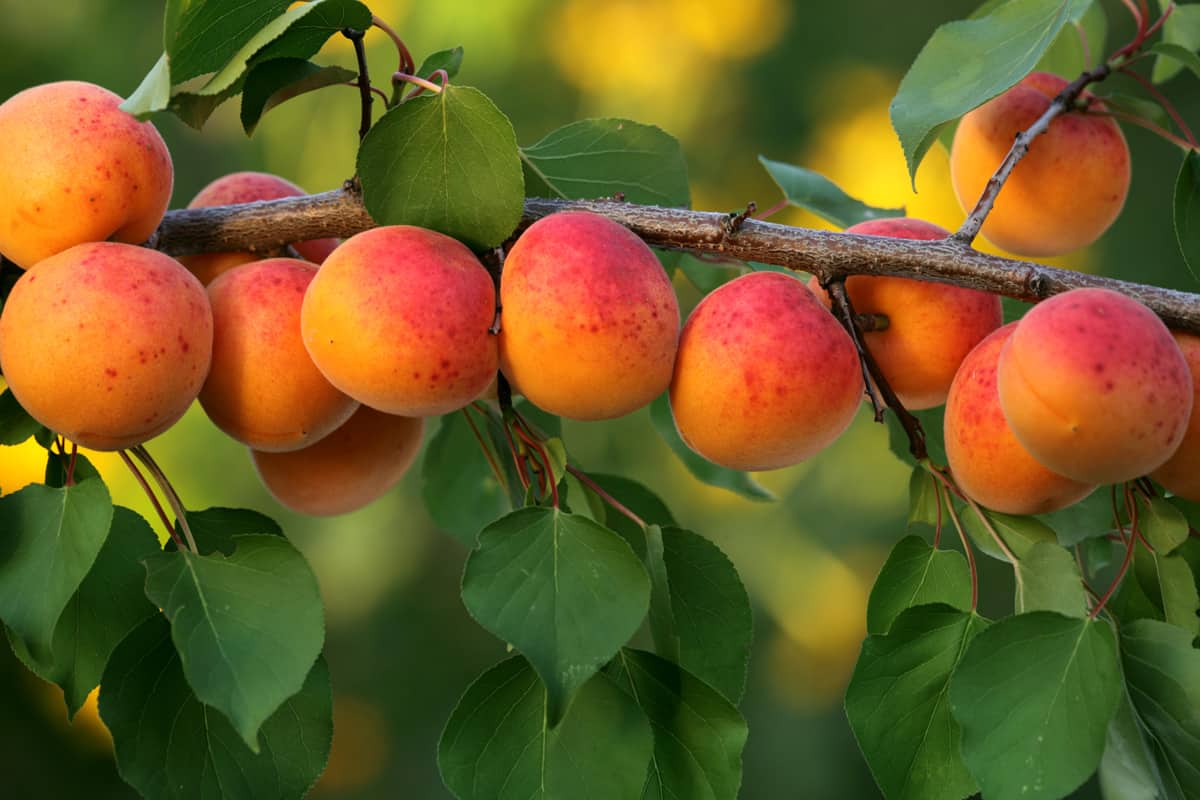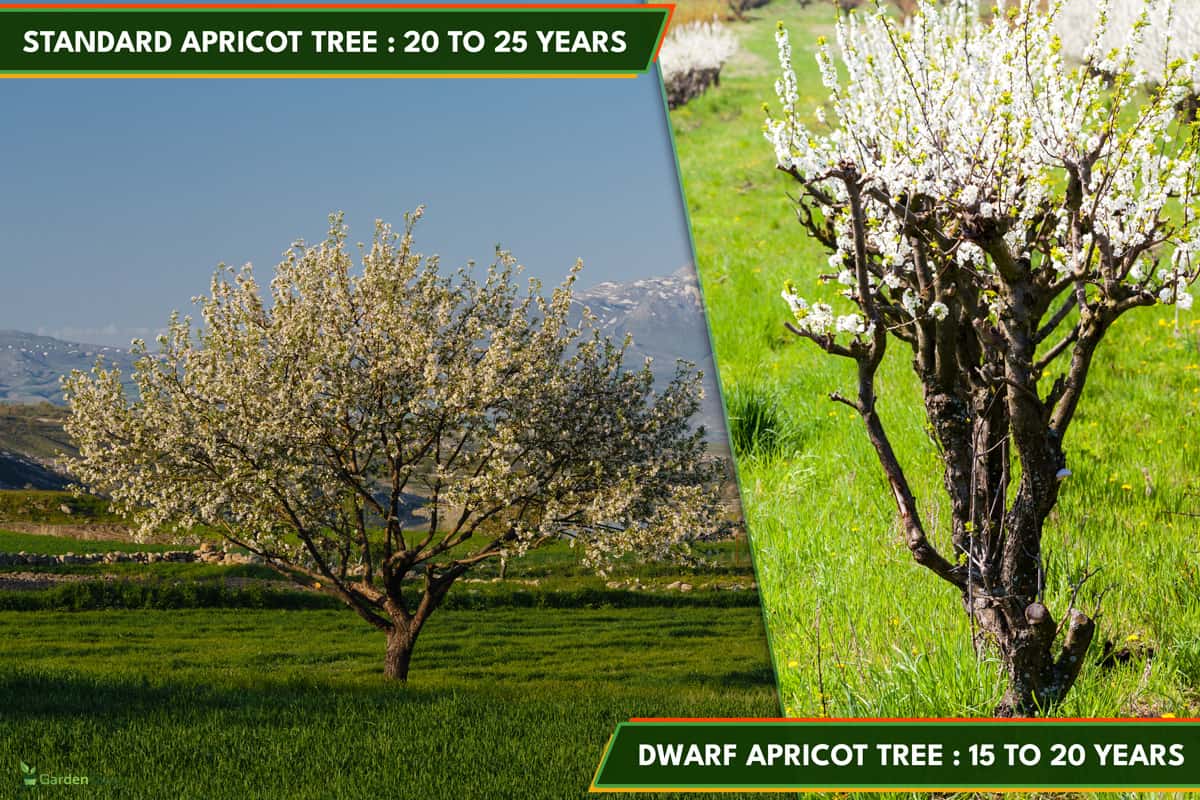Apricot trees are popular fruit trees known for their delicious and nutritious fruit. However, some people may wonder if apricot trees have thorns. Wanna know the truth? Well, in order to assist you with your inquiry, we looked into this subject, and this is what we discovered.
Apricot trees do not typically have thorns. However, some cultivars of apricot trees may have small spines or prickles on the branches.
In this article, we will explore more about the characteristics of apricot trees. We'll also go over how simple it is to cultivate this kind of tree, how long it takes for it to yield fruit, how long it lives, and its benefits. So keep reading!
Does An Apricot Tree Have Thorns?

Apricot trees, like most fruit trees, do not typically have thorns. They are grown for their delicious fruit, and thorns would make the tree less desirable for cultivation and harvesting.
However, some cultivars of apricot trees may have small spines or prickles on the branches. These are not true thorns but rather small, sharp protuberances that can be found on branches and twigs.
These small spines or prickles are usually not large enough to cause significant harm, but they can be a nuisance when handling the tree or harvesting the fruit.
They are also not present on all apricot trees, and some cultivars may not have them at all. In contrast, many wild apricot trees may have thorns and spines as a way to protect them from browsing animals.
It's important to note that apricot trees, like most fruit trees, should be pruned regularly to maintain their shape and health and remove any small spines or prickles that may be present. This will make it easier to handle the tree and harvest the fruit, and will also help to promote healthy growth.
How To Grow An Apricot Tree?
Apricot trees can be relatively easy to grow in the right conditions. It is also rewarding to grow this tree. So here is a more detailed explanation of how to grow apricot:
1. Choose A Location
Apricot trees require full sun in order to produce fruit, so it is important to choose a location that receives at least six hours of direct sunlight per day.
They also prefer well-drained soil, so it is important to avoid areas that are prone to standing water or heavy clay soils. Additionally, they should be protected from strong winds, which can damage the branches and fruit.
2. Prepare The Soil
Apricot trees prefer soil having a pH between 6 and 7 which is slightly acidic to neutral. If the soil is heavy clay, it should be amended with organic matter, such as compost or peat moss, to improve drainage.
Click here to see this compost on Amazon.
Click here to see this peat moss on Amazon.
Additionally, apricot trees have a relatively shallow root system, so it is important to avoid compacting the soil around the tree.
3. Plant The Tree
The best time to plant apricot trees is in the late winter or early spring when they are still dormant. When you dig its hole, ensure that it is at least twice as wide and deep as the root ball.
Plant the tree at the same depth as it was in the container, and make sure the soil is firm around the roots. After planting, it is important to water the tree well to help settle the soil and remove any air pockets.
4. Water & Fertilize
Apricot trees need regular watering during the first growing season, especially during dry spells. They also need to be fertilized regularly with a balanced fertilizer, such as 10-10-10.
Click here to see this 10-10-10 fertilizer on Amazon.
However, it is important to test the soil before fertilizing, so you know what nutrients the soil lacks. Also, it is important to follow the package instructions and not over-fertilize, as this can lead to excessive vegetative growth and reduce fruit production.
5. Prune The Tree
Early spring or late winter are the best times to trim apricot trees before the onset of new growth. This will encourage the growth of new fruit-bearing branches and remove any diseased or damaged wood.
The main goal of pruning is to open up the center of the tree, allowing light and air to reach the inner branches and fruit. Additionally, any water sprouts, which are vertical shoots that emerge from the tree's base or along the trunk, should be cut off.
6. Monitor For Pests & Diseases
Apricot trees can be susceptible to pests and diseases such as apricot scabs, brown rot, and peach leaf curl. Regular monitoring and appropriate treatment as needed can control these issues. It is important to follow the recommended treatment schedules and guidelines for your specific region.
7. Protect From Frost
In warmer climates, apricot trees should be protected from frost during the winter months, using frost protection methods like covering the tree with frost cloth. This will help ensure that the tree receives the cold winter dormancy it needs in order to produce fruit.
Click here to see this frost cloth on Amazon.
By following these steps, you can successfully grow an apricot tree and enjoy its delicious fruit in the future. It's important to note that apricot trees are relatively low maintenance and can be easy to grow with proper care and attention to their specific needs.
What Is Special About Apricots?

Apricots are a type of fruit that is known for their sweet, tangy flavor and bright orange color. They are a member of the rose family and are related to other fruits such as plums, peaches, and nectarines.
One of the most special things about apricots is their nutritional value. They provide excellent amounts of vitamins and minerals.
Vitamin A is important for maintaining healthy vision and skin. Potassium is an important mineral that helps regulate blood pressure and supports healthy nerve and muscle function. Fiber is important for maintaining healthy digestion and preventing constipation.
Antioxidants, which can help shield the body from free radical damage, are also abundant in apricots, such as vitamins C. These are molecules that can damage cells, DNA, and other important structures in the body.
Antioxidants help to neutralize free radicals and prevent them from causing harm. Some studies have found that apricots contain high levels of carotenoids, which are a type of antioxidant that can help protect against cancer and heart disease.
Additionally, apricots are relatively low in calories and can be enjoyed as a healthy snack or as an ingredient in a variety of dishes. They are suitable for both savory and sweet meals and can be consumed fresh or dried. They are often used in jams, jellies, and preserves, as well as in baking.
Apricot oil is also known for its cosmetic benefits. Apricot kernel oil is an excellent moisturizer, which is rich in vitamins A and E and is perfect for all skin types. It is also non-greasy and easily absorbed by the skin, making it an ideal carrier oil for massage.
How Long Do Apricot Trees Take To Fruit?

Apricot trees typically take 2 to 6 years to begin producing fruit after they have been planted. However, the amount of time it takes for an apricot tree to start bearing fruit can vary depending on a number of factors including the tree's age, the type of apricot tree, and the growing conditions.
Young apricot trees may take several years before they are mature enough to produce fruit, while older trees may begin bearing fruit in just a couple of years. Additionally, some apricot tree varieties may be more vigorous and begin producing fruit sooner than others.
Also, some factors play a role in how long it takes for an apricot tree to bear fruit such as climate, soil conditions, and tree care like pruning.
How Long Do Apricot Trees Live?

Apricot trees can live for a relatively long time, but their lifespan varies depending on several factors. One of the main factors that affect the lifespan of an apricot tree is the type of apricot tree.
Some apricot tree varieties are hardier and disease-resistant than others, which can help them live longer. For example, a standard apricot tree can live for 20 to 25 years while a dwarf apricot tree can live for up to 15 to 20 years.
Another important factor that affects the lifespan of an apricot tree is the growing conditions. Also, proper care and maintenance can help extend the lifespan of an apricot tree. In contrast, pests and diseases can shorten the lifespan of apricot trees, particularly if they are not treated promptly and effectively.
Which Country Is The Largest Producer Of Apricots?

As of 2022, Turkey is the largest producer of apricots in the world. Based on the 2019 data from the Food and Agriculture Organization (FAO) of the United Nations, Turkey accounted for more than 25% of the world's apricot production, followed by Uzbekistan, Iran, and Italy.
The climate and soil conditions in Turkey are well-suited to apricot cultivation, and the country has a long history of apricot production. The apricot is an important crop in many regions of Turkey, and it is grown both for domestic consumption and export.
Apricots are an important fruit export for Turkey. Other countries such as Uzbekistan, Iran, and Italy are also significant apricot producers, but Turkey is the leading one.
It's worth mentioning that apricot is also grown in many other countries around the world, such as the USA, Chile, Greece, Russia, France, and China, among others.
Conclusion
Now you know more about apricots, we hope this article will bring you better fruit production, proper care, pest and disease management, climate adaptability, and nutritional value. Also, bring you some economic benefits!
Check out some of the intriguing topics we have listed below before leaving.
What Does It Mean When A Fruit Tree Needs A Pollinator?
What Fruit Trees Should Not Be Grown Together?




